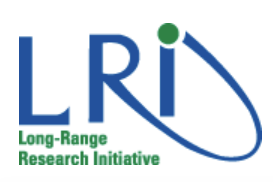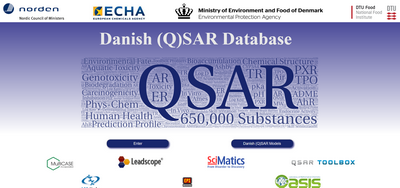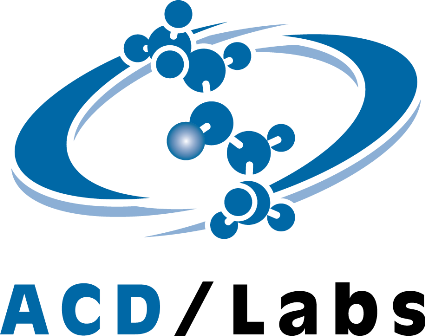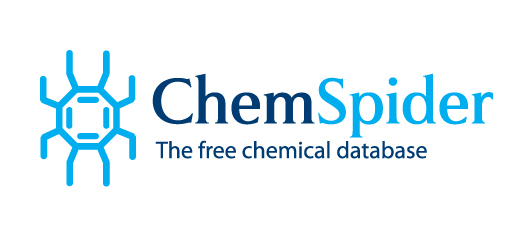in silico consulting
Our experts offer expert advice based on our in-house software iSafeRat® and dozens of quality third party software packages to predict toxicology (e.g VEGA, DEREK & LEADSCOPE), ecotoxicology and physical chemistry endpoints for all kinds of regulatory and R&D needs. We prepare consensus outputs to judge the intrinsic properties of chemicals including potential for CMR, PBT/PMT and Endocrine disruption.
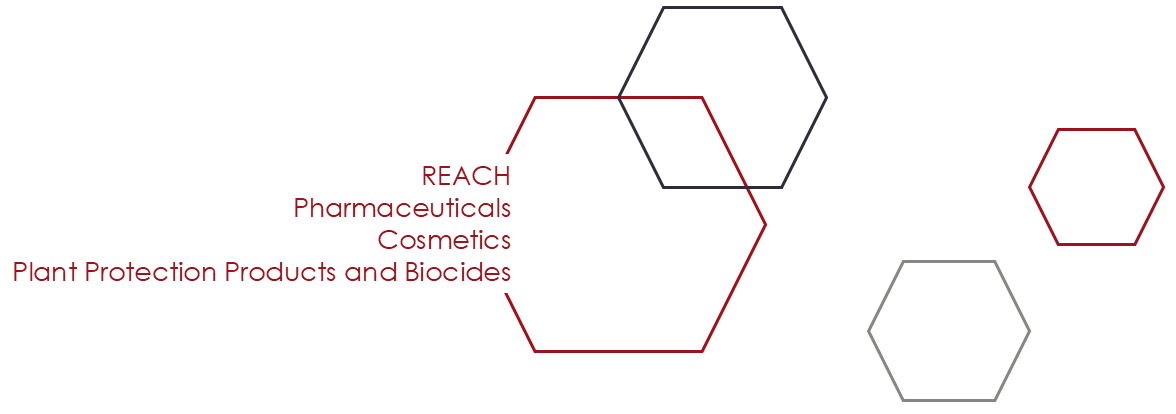
Endpoints predictions
The quality of in silico predictions has advanced by leaps and bounds over the last decade. Today, between our own home-grown iSafeRat® Toolbox values and those of third-party software, it is possible to completely fulfil your regulatory needs using nothing but in silico data for ecotoxicology and human health assessments* saving you months of work and reducing the cost of your dossier by a factor of at least 5.
Physicochemical endpoints
- Octanol/Water partition coefficient (log Kow)
- Water solubility
- Vapour pressure
- Henry’s law constant estimation
Ecotoxicological endpoints
- Acute fish toxicity
- Acute daphnid toxicity
- Algae toxicity
- Chronic fish toxicity
- Chronic daphnid toxicity
- Aquatic toxicity for mixtures
- Toxicity to microorganisms
Toxicological endpoints
- Skin irritation
- Eye irritation
- Skin sensitisation
- Dermal absorption
- Endocrine Disruption potential (ED SAR, SESAME-3D and Third-party tools)
*It is recognised that not all countries or regulatory frameworks accept all in silico alternatives to testing at this time, but the list of accepted replacements is growing and new AI breakthroughs are being made all the time. For example, Korea has recently decreed that in silico data can be used in regulatory submissions of chemicals up to 10 TPA.
Using in silico models, we can propose quality toxicity predictions for “CMR” (Carcinogenicity, Mutagenicity, Reprotoxicity) and sensitisation (often including the EC3 calculation) which are recognised as primary human health hazards for screening of substances.
We also offer eye and dermal irritation/corrosion, dermal absorption, oral LD50, and repeated dose toxicity using a read-across approach identifying NOAELs from analogue substances. For environment we offer “PBT/PMT” (Persistent, Bioaccumulable, Toxic or Persistent, Mobile, Toxic) substance profiling and detailed ecotoxicolgical information using the KREATiS MechoA (Mechanisms of Toxic Action) scheme, which is now also included as a profiler in the world renowned OECD QSAR Toolbox.
Endocrine disruption
KREATiS endocrine disruption potential battery is designed to predict the presence or absence of known endocrine disrupting modalities, focusing on Estrogenic, Androgenic, Thyroidal and Steroidogenic (EATS) modalities, e.g. estrogen receptor alpha agonism.
The battery is comprised of 3 steps, each using a different method to strengthen the probability of ultimately getting the right answer:
1.
iSafeRat® SESAME-3D
Workflow for molecular modelling engineered to combine a myriad of tools (including molecular docking and molecular dynamics) to quantitatively predict the binding affinity of substances to biological targets.
2.
iSafeRat® ED SAR
Our homegrown structural alerts model to predict EATS modalities, the most reliable and accurate in silico approach to replace all kinds of experimental studies related to human health and the environment.
3.
Third party software
Consensus of third-party model predictions on endocrine disruption related endpoints to complement our own, home-grown (iSafeRat® Toolbox).
Conclusion
The predictions obtained via the use of the 3 steps are then combined for an overall prediction for each endpoint. The aim of this battery is to offer confident predictions of a molecule’s endocrine disrupting modality potential or, equally as important, the lack of it !
Third party tools
If your mission is to provide a complete analysis of physico-chemical, environmental and toxicological endpoints for datagap analysis, regulatory dossier submission or risk assessment, then we want to make that job as easy as possible. We will hunt down the best, most valid tools for the job and check their applicability domains prior to proposing them to maximise the number of valid software tools.
Here is a selection of the tools we use on a daily basis (both commercial and freeware) to discern toxicological, ecotoxicological and endocrine disruption properties to complement our own, home-grown iSafeRat® Toolbox:





